I did my time in the volunteer fire department some years ago and I thought my smoke-eating days were over......until I bought my first Outdor Wood Boiler.
I thought I would be smart and install it in a small 8 x 20 shack to prevent heat loss on those 40 below days.....
Now, when I open the door to load, I eat smoke until I manage to slam the loading door shut after I fill the firebox.
Now I know what Camel smokers feel like after a pack.....
I thought of a draft inducer, but most people say they only help a little.
Now I am going to install a 2450 CFM fan and an exhaust hood above the door opening.
Can some of you that have done this on gasifiers or OWBs please take a snapshot of your contraption and upload it. Along with your experiences.
I am sure you will be helping a lot of other people along with myself.
Thanks....
I thought I would be smart and install it in a small 8 x 20 shack to prevent heat loss on those 40 below days.....
Now, when I open the door to load, I eat smoke until I manage to slam the loading door shut after I fill the firebox.
Now I know what Camel smokers feel like after a pack.....
I thought of a draft inducer, but most people say they only help a little.
Now I am going to install a 2450 CFM fan and an exhaust hood above the door opening.
Can some of you that have done this on gasifiers or OWBs please take a snapshot of your contraption and upload it. Along with your experiences.
I am sure you will be helping a lot of other people along with myself.
Thanks....


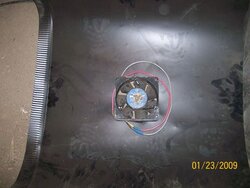
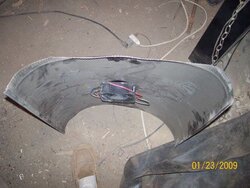
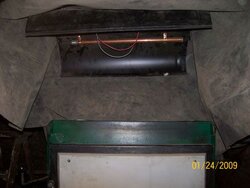
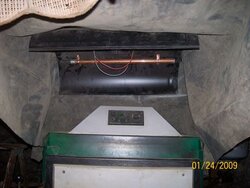
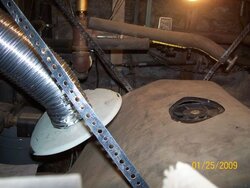
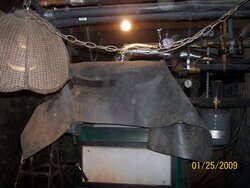
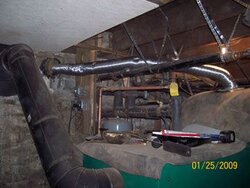
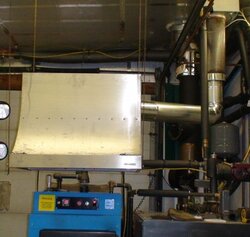
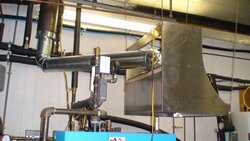
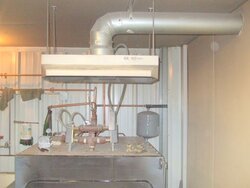
 )
)